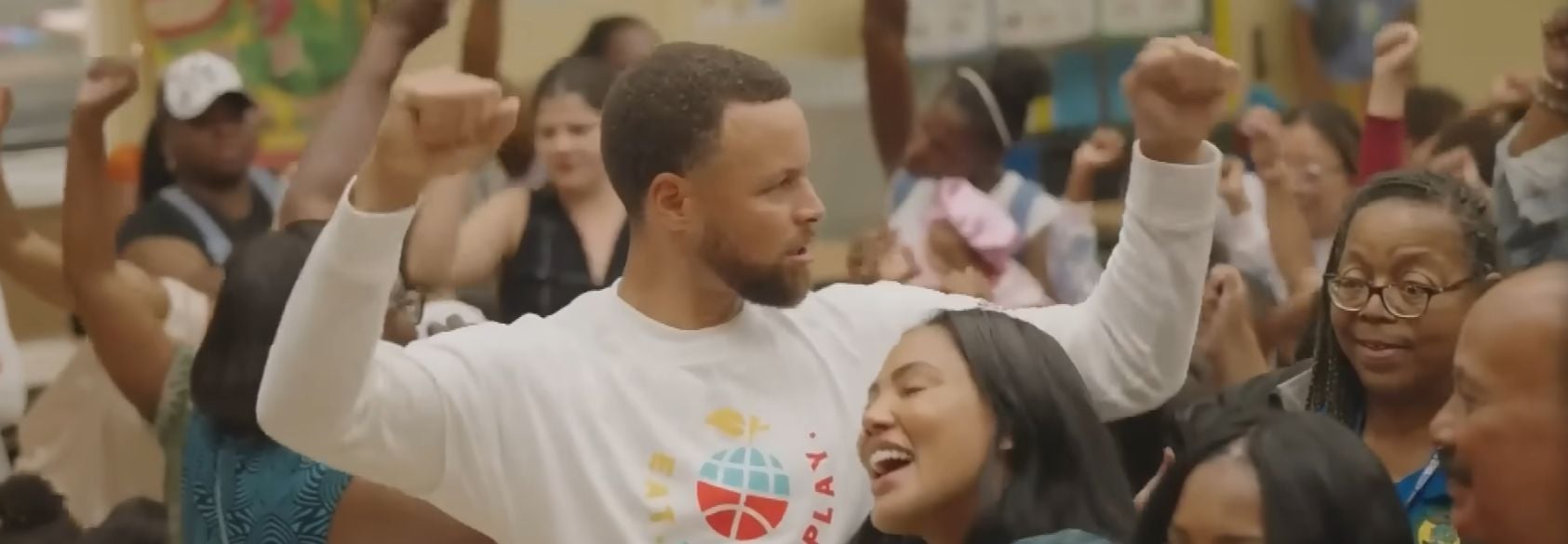When speaking with teachers, I always hear that your job doesn’t stop when the school day ends. There’s tutoring, coaching sports, and monitoring school buses. These are just a few of the extra tasks you may have to do before you head home for the day.
Here are a few things you might not have thought of at those times:
- What happens to your students when they leave after that sports practice or tutoring session?
- How do they get home, and what or whom might they encounter on their way?
- Are they accompanied by a trusted adult on their way home or to another after-school activity?
Now, you may be wondering how you can possibly influence the before- and after-school safeguarding of your students or even why you should get involved. You already have so many responsibilities as a teacher, right? But by learning more, educators like you have the potential to save the life of a student.
Attempted abductions
The National Center for Missing & Exploited Children (NCMEC) has analyzed more than 9,900 attempted abductions and found that 34 percent occurred between 2 p.m. and 7 p.m., and 32 percent happened when the child was going to or from school or a school-related activity.*
The information NCMEC has learned from this analysis has taught us so much about how abductions happen and how we can help prevent them. I personally have shared this information with hundreds of educators across the United States to underscore the importance of their involvement in the safety of children before and after school.
What can teachers do?
So what can you do as a teacher? A lot!
- Learn how your students get to and from school and ensure that they are doing this safely (e.g., walking with a group).
- Be a trusted adult for your students—they need to know they can come to you if someone approaches them and makes them feel scared.
- Educate bus drivers/monitors to be aware of suspicious vehicles and people at bus stops and to report anything unusual.
But the most important thing you can do as an educator is prepare parents and kids before an abduction occurs. NCMEC has developed the free KidSmartz program to educate children in grades K-5 about personal safety and abduction prevention.
What is KidSmartz?
KidSmartz teaches kids how to identify and respond to risky situations with four easy-to-remember rules:
- I will always check first with my parent, guardian or other trusted adult before going anywhere, helping anyone, accepting anything or getting into a car.
- I will take a friend with me when going places or playing outside.
- I will tell people “NO” if they try to touch me or hurt me. It’s OK for me to stand up for myself.
- I will tell my trusted adult if anything makes me feel sad, scared or confused.
Our resources reinforce these rules and give kids an opportunity to practice using them. This can help children feel more confident and prepared to react if a dangerous situation arises.
For you, the most helpful resource is the KidSmartz Education Kit. The kit has several components, including six lessons each for grades K-2 and grades 3-5, student evaluation tools and animated videos. Students also receive a certificate of completion that they can share with their parents.
One example of a lesson plan for students in grades K-2 is titled “Tell People ‘No’” and includes a discussion about why they have a right to stand up for themselves. Students will learn the situations in which it is acceptable to say “no,” and then demonstrate how to say “no” with authority. This lesson can be followed by an additional exercise where children practice saying “no” in front of a mirror and then are provided with tips on how to be more confident.
What else can you do?
While it is important for educators to know how to teach children about these stereotypical “stranger” abductions, it is also crucial to understand other types of abductions, like family abductions.
Family abductions are actually more common and require different precautions in a school setting. Here are a few to keep in mind:
- Have up-to-date family paperwork (e.g., custody orders) in the front office of your school.
- Have clear sign-in and -out procedures so children do not leave with an unauthorized adult.
- Have check-in procedures for guests that include name tags and the reason for their visit.
Where can I find more information?
To download the free NCMEC abduction-prevention resources for educators, visit www.sharemylesson.com/kidsmartz or www.KidSmartz.org. To learn more about attempted or family abductions, or to find tip sheets for parents, visit www.missingkids.com.











